On the western border strip of Quang Ngai province, where the two communes of Ia Toi and Ia Dal border Cambodia, mass mobilization work has been widely deployed, becoming a solid foundation in building the people's hearts and minds and maintaining the country's borders.
From affectionate roofs, concrete roads to green, sustainable economic development models… all are contributing to creating a new look for this land.
The most obvious change can be felt from the specific actions: Cadres go to each village, each household, help people repair houses, build roads, guide production, take care of health, organize charity classes, community cultural activities... Those activities are not simply support but are bridges connecting feelings and responsibilities between the Party, State and the people.
Giving houses, giving trust in the border area
Amidst the sweltering summer sun, the small village in Ia Toi commune suddenly became unusually bustling. The laughter and chattering of children filled the village, the faces were cheerful, and the eyes were filled with happiness when five spacious solidarity houses were handed over to poor households. These houses were built with support from the Vietnam National Industry and Energy Group through Nhan Dan Newspaper, combined with counterpart funds from the people and local authorities.
Mr. Luc Van Cong, a Tay ethnic, emotionally shared: “Before, my house was old and dilapidated, and I was worried about the rain and wind. With the support of 50 million VND, I borrowed an additional 70 million VND from the Social Policy Bank to complete the house. Now that I have a new house, I can rest assured to do business and send my children to a good education to escape poverty.”
Like Mr. Cong, Ms. Y Ngach, a Gia Rai ethnic, choked up when talking about her new house: “Every rainy season, the whole family cannot sleep for fear of it collapsing. Now that I have a solid and sturdy house, I will work hard on the fields, tap rubber latex, and grow vegetables to have a stable income to raise my children.” Those roofs have become a symbol of affection, trust, and solidarity between the Party, the State, and the people.
That is the foundation for people to feel secure in their land and villages, and together protect the border. The solidarity houses are a testament to the solidarity of the entire political system and the spirit of self-reliance of the people in the border areas. There, each house built is not only a safe shelter, but also a belief, a support for people to settle down, make a living, and protect every inch of the sacred land of the Fatherland.
Since the beginning of 2025, Ia Dal and Ia Toi communes have actively mobilized social resources, coordinated with organizations, individuals, and philanthropists inside and outside the locality to support the construction of many houses for poor households and ethnic minorities. Poor households, near-poor households, and policy families have been given priority support, contributing to a significant reduction in the poverty rate in the locality. According to statistics, the poverty rate of the two communes decreased from 40% in 2020 to 7.93% in 2024, a meaningful figure in the context of many difficulties in the border area.
Helping people is a command from the heart
Not only stopping at housing support, mass mobilization work in border communes such as Ia Toi and Ia Dal is deployed synchronously, closely, and closely between the government, armed forces and mass organizations. The motto "close to the people, close to the people, understand the people, for the people" is concretized by practical actions, creating consensus and arousing the people's strength in socio-economic development. The Border Guard force plays a core role in staying close to the people, helping them develop production, prevent natural disasters and maintain security and order.
At Sa Thay Border Guard Station, officers and soldiers have become relatives of the people in the border area. Captain Le Van Sac, Deputy Chief of Operations at Sa Thay Border Guard Station, shared: “Helping people is an order from the heart. Wherever people need us, we are there. There are days when floods come, we split up to stay in the village, rebuild houses for people after the storm, take care of every meal and every medicine for the people.”
Mass organizations such as the Women's Union, Farmers' Association, Youth Union, etc. actively participate in mass mobilization work. From organizing vocational training classes, opening charity classes, to launching environmental sanitation movements, planting trees, building economic development models suitable for local conditions. Models such as "Happy Family", "Clean from the alley, beautiful from the house", "Green Cultural House" are being widely replicated.
This has become a new cultural feature in community life, contributing to improving the quality of life, building a civilized lifestyle, and gradually eliminating backward customs. In addition, the "Smart Mass Mobilization" movement is present in social security and economic development activities. Infrastructure works such as rural concrete roads, schools, cultural houses, medical stations, etc. have been invested synchronously. Many inter-village and inter-commune roads have been expanded, creating favorable conditions for trade, connecting remote areas with the central area.
Many agricultural production models applying technology and being environmentally friendly are being implemented, typically models of raising spotted deer, striped pigs, growing areca nuts, renovating mixed gardens, etc., helping many households increase their stable income. According to comrade A Khien, Secretary of the Party Committee of Ia Dal commune: “Mass mobilization work cannot be done by empty words. Actions must be taken and results must be achieved.
Each house given away is a warm home built for the future, a promise of the Party to the people in the border areas. We clearly identify that the people are the subject, the center of all development programs". The emulation movement "For the poor - No one is left behind" continues to be promoted. Local authorities and mass organizations have proactively surveyed and developed specific support plans for each target group, thereby creating a positive change in awareness and action among the entire population.
The journey of building border areas in the two communes of Ia Toi and Ia Dal shows that, from practical and persistent actions, mass mobilization work has become a strong connection between the Party's will and the people's hearts, and is the foundation for building a solid national defense posture from the grassroots.
With the motto “People are the root”, mass mobilization work in the border area of Quang Ngai province is clearly demonstrating its pioneering role in the cause of protecting the Fatherland, promoting socio-economic development, maintaining political security and social order and safety. Effective models here need to be replicated, in order to spread the spirit of solidarity, self-reliance, protecting the border and building a rich and beautiful homeland.
Source: https://baolamdong.vn/the-tran-long-dan-noi-phen-dau-to-quoc-381866.html


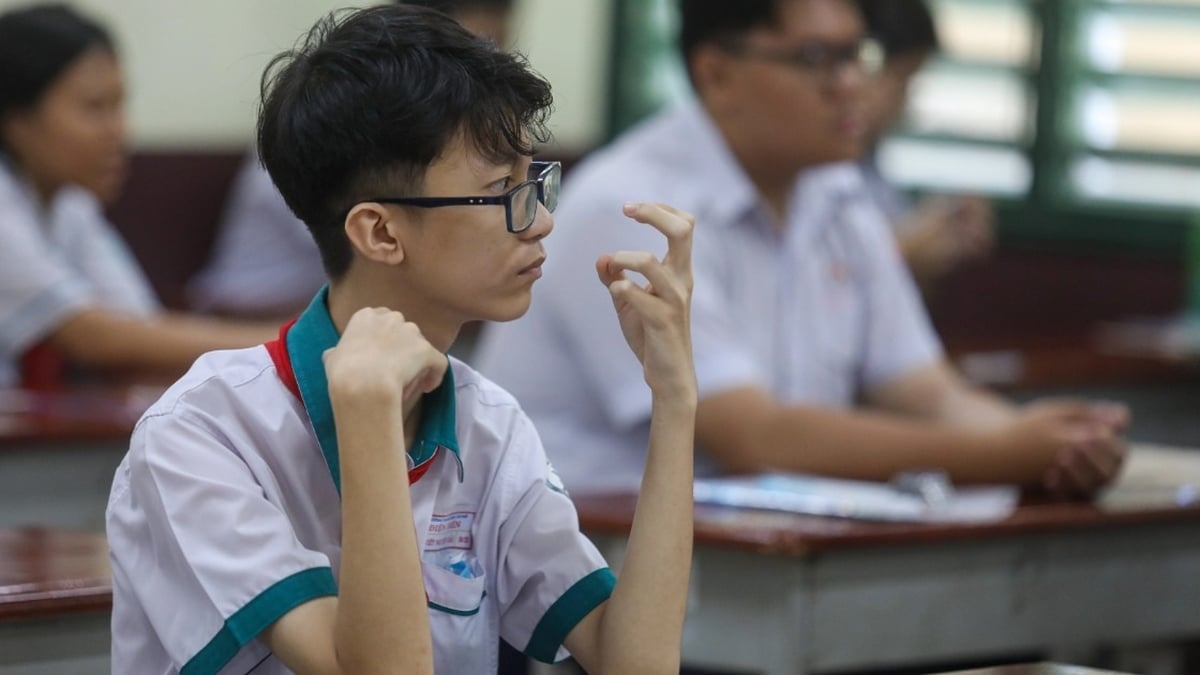

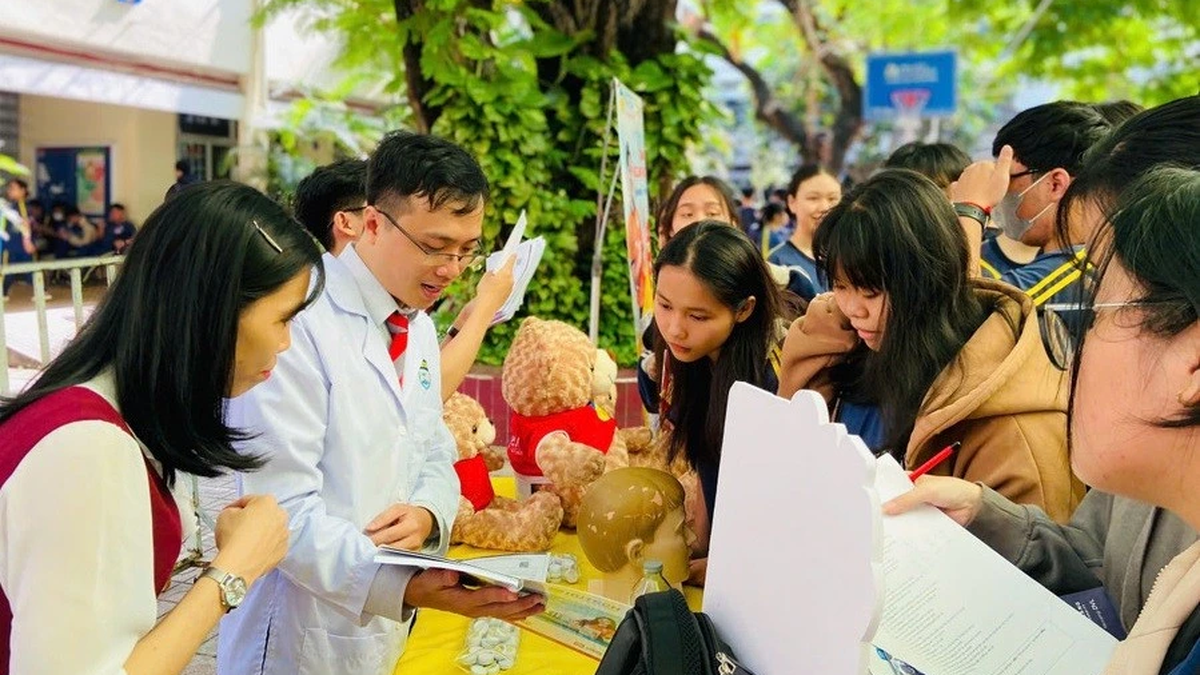
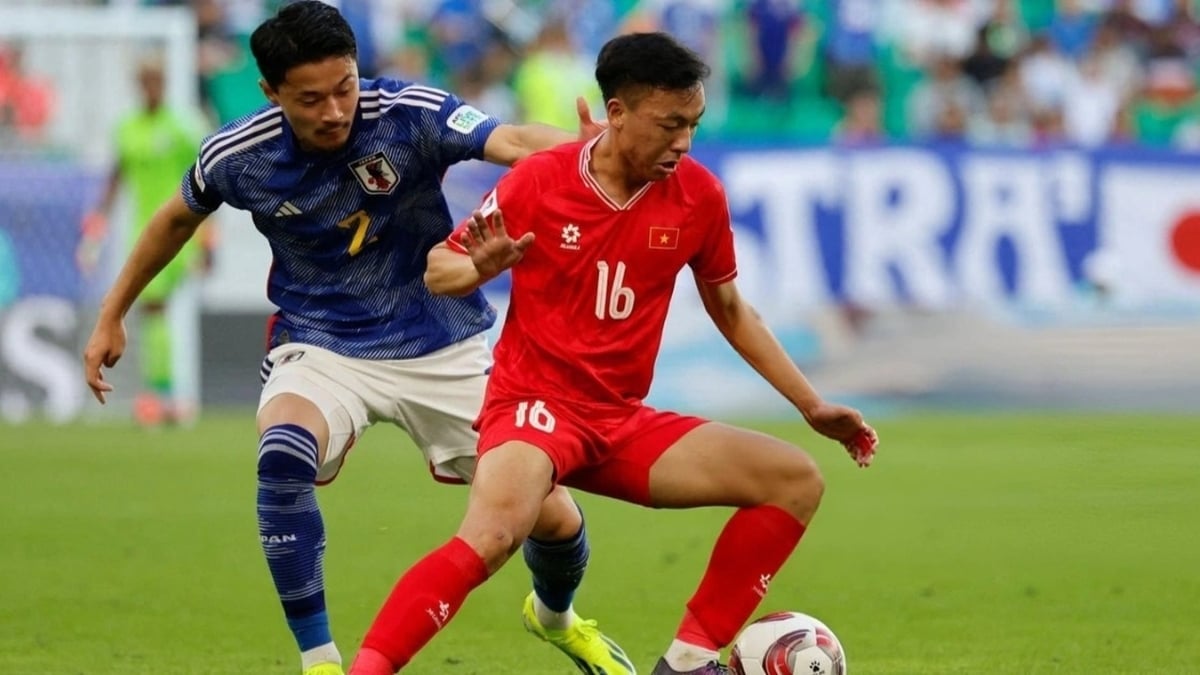

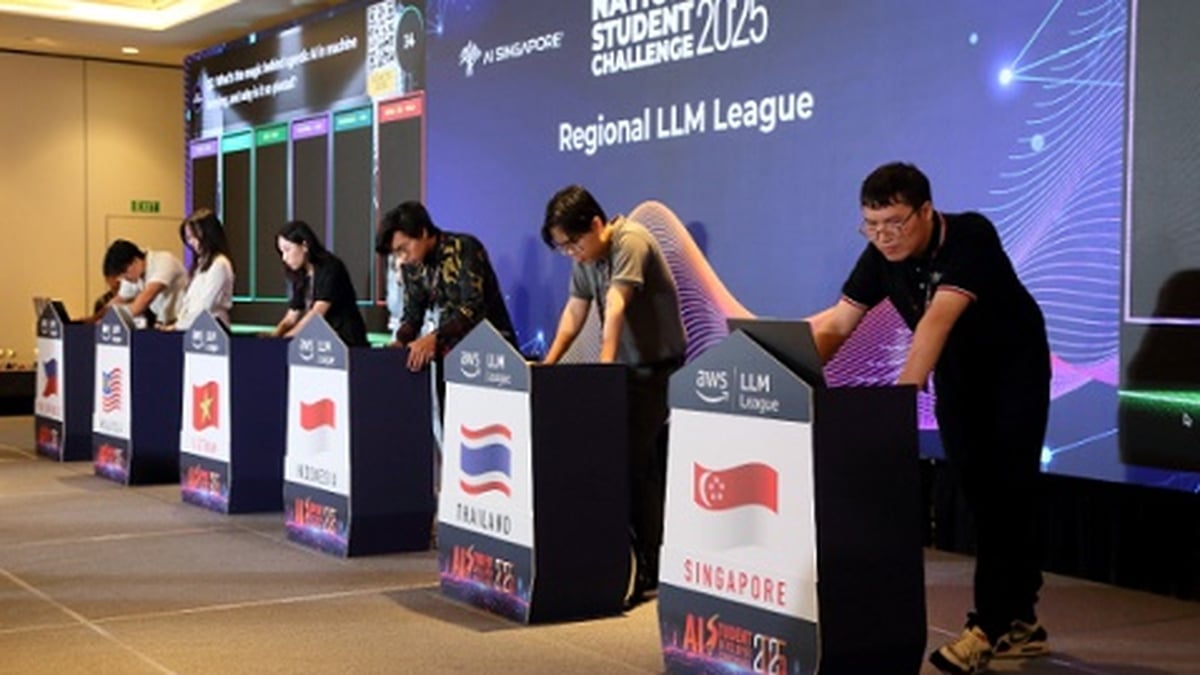
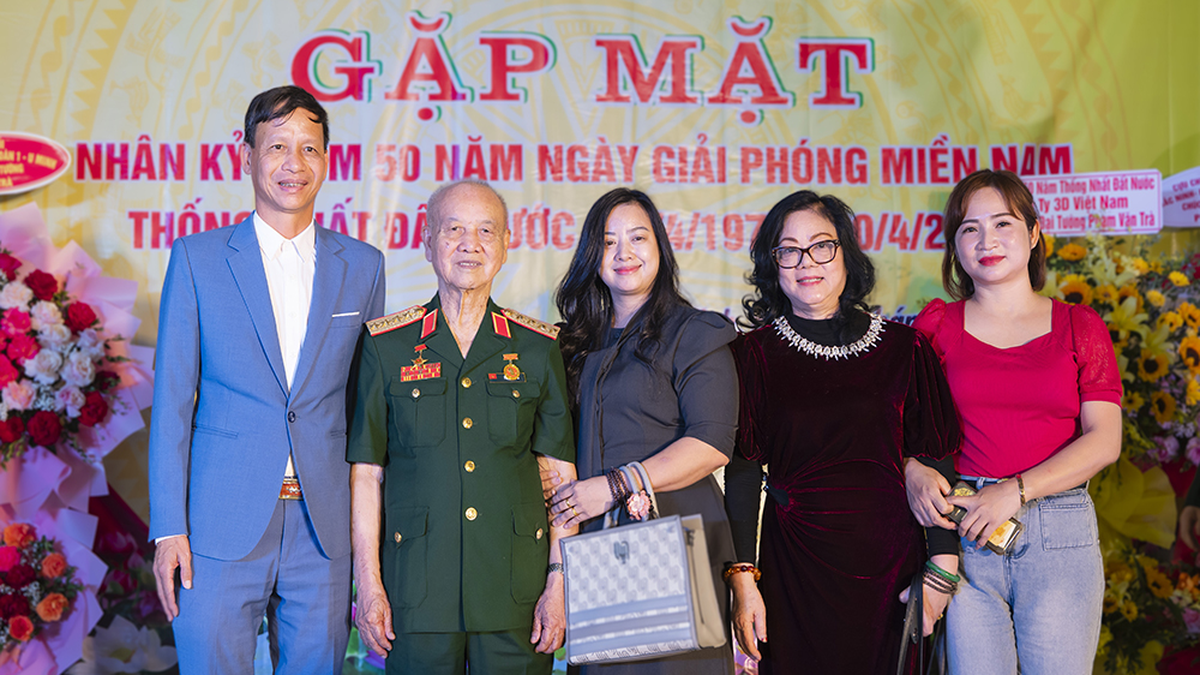

















![[Photo] Gia Lai provincial leaders offer flowers at Uncle Ho's Monument with the ethnic groups of the Central Highlands](https://vphoto.vietnam.vn/thumb/1200x675/vietnam/resource/IMAGE/2025/7/9/196438801da24b3cb6158d0501984818)





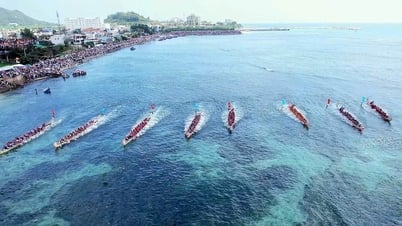

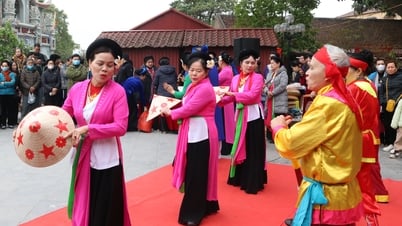

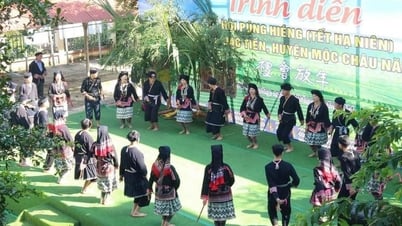

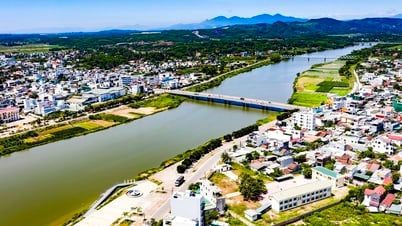

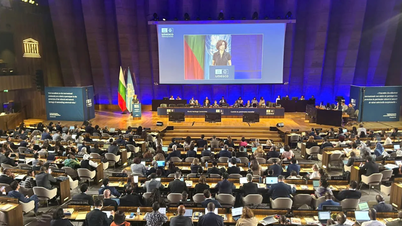
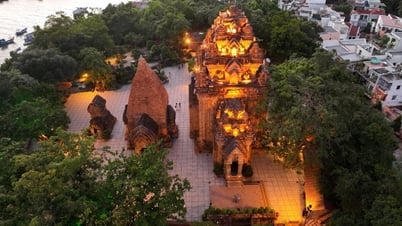





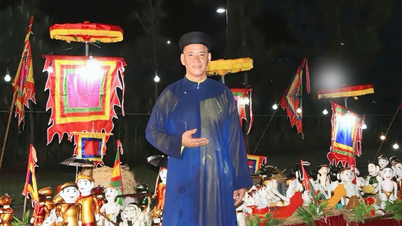







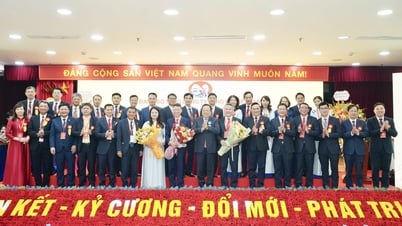






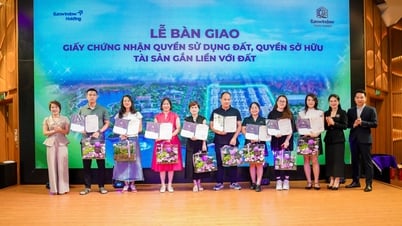
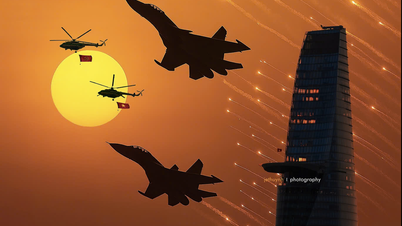

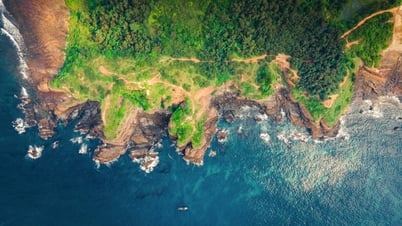



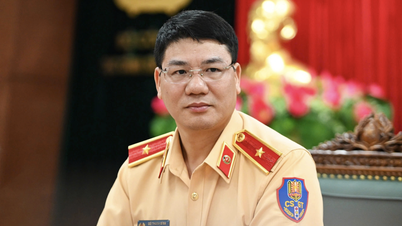
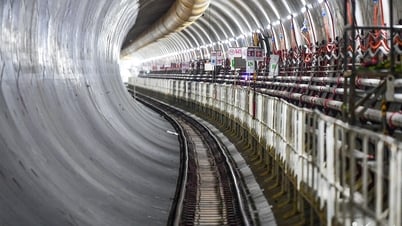
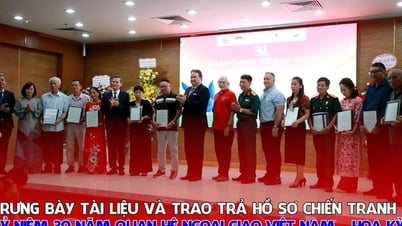

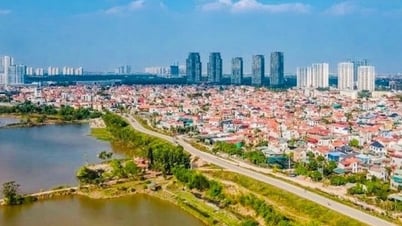

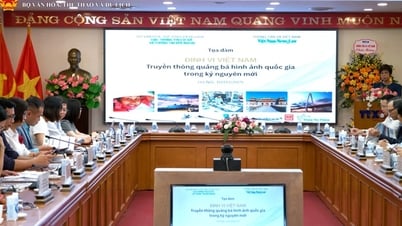
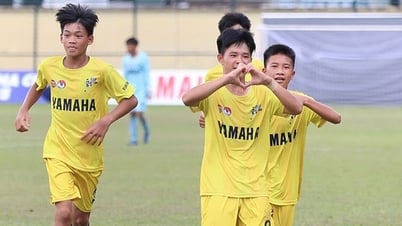
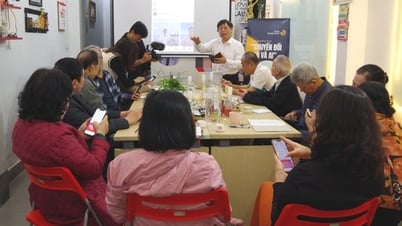









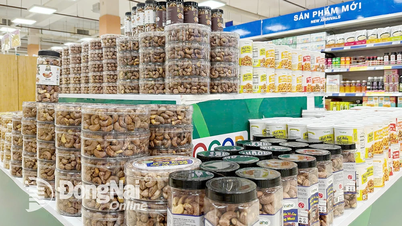

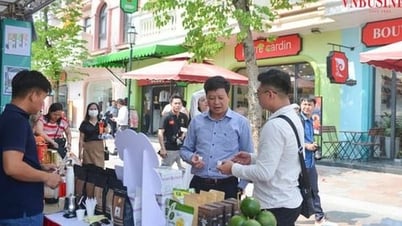

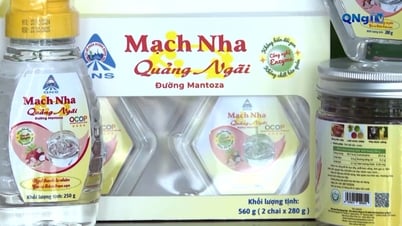




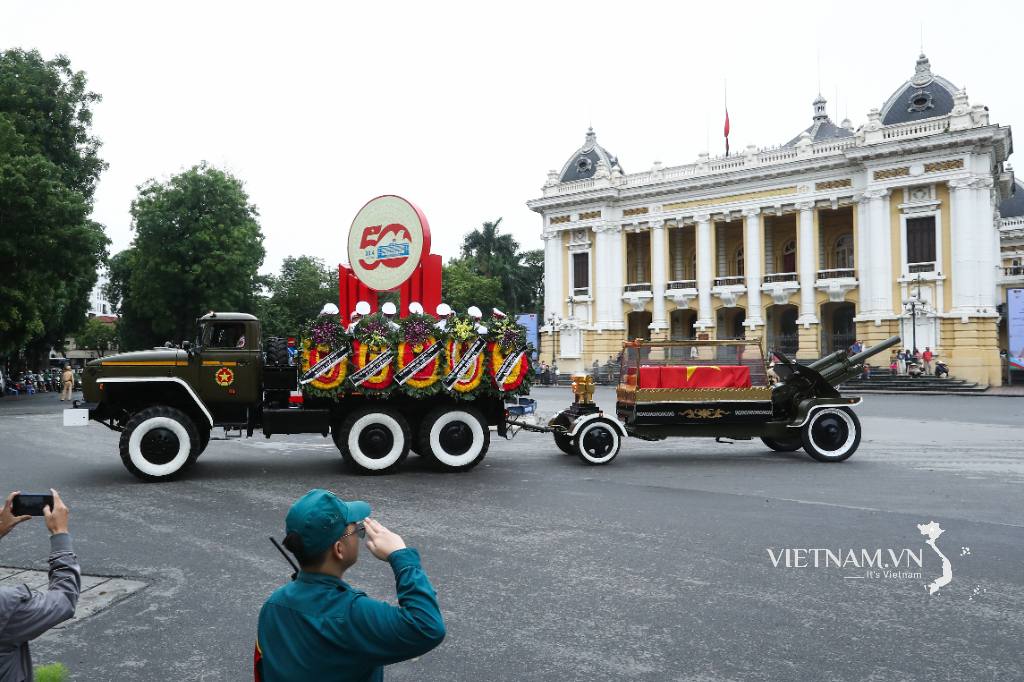

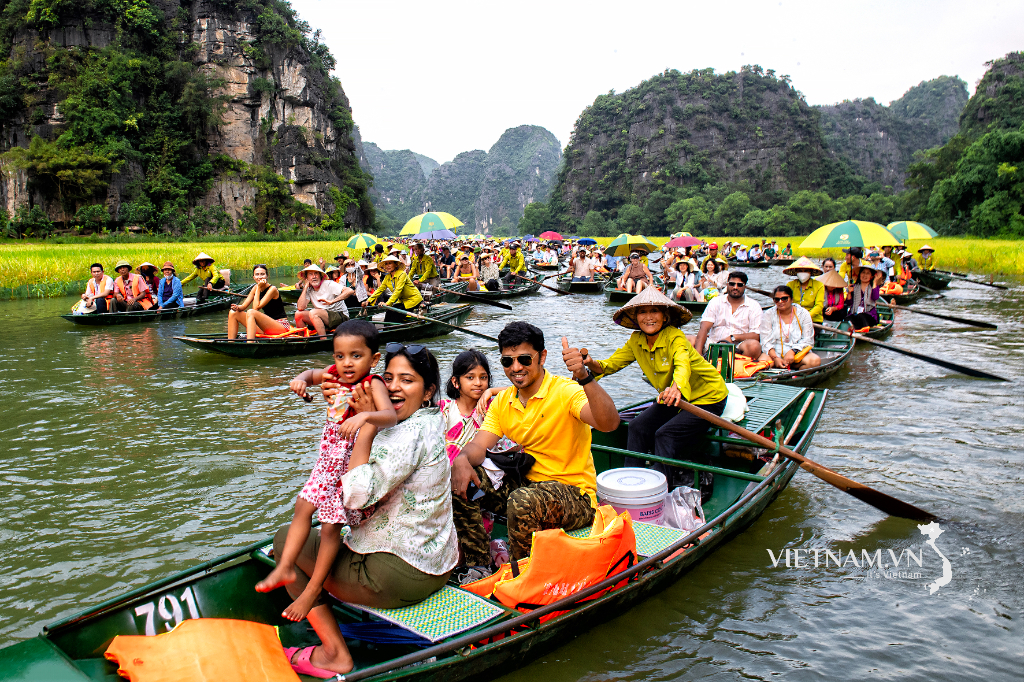
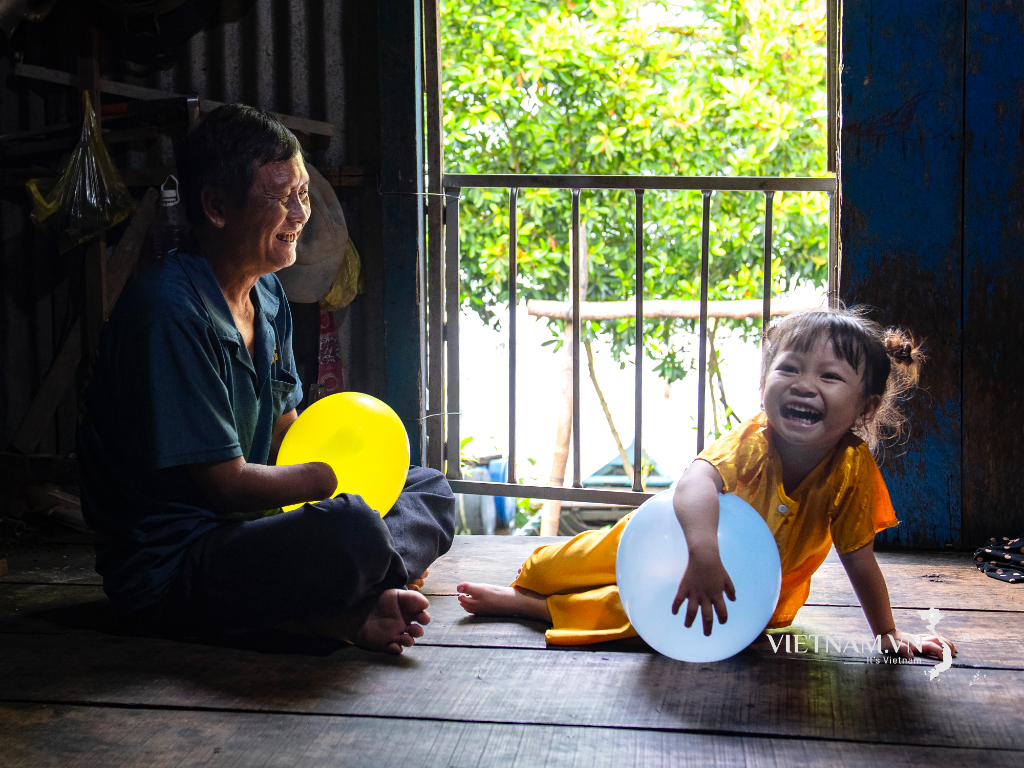
Comment (0)